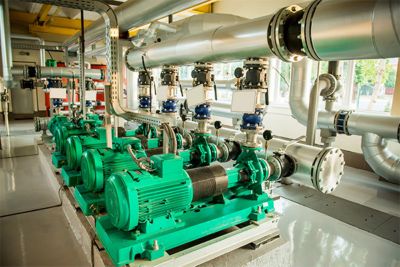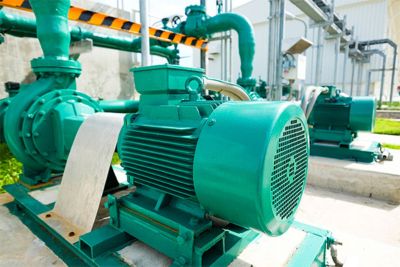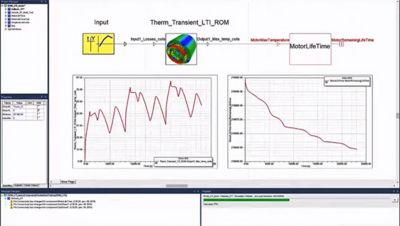-
United States -
United Kingdom -
India -
France -
Deutschland -
Italia -
日本 -
대한민국 -
中国 -
台灣
-
Ansys는 학생들에게 시뮬레이션 엔지니어링 소프트웨어를 무료로 제공함으로써 오늘날의 학생들의 성장을 지속적으로 지원하고 있습니다.
-
Ansys는 학생들에게 시뮬레이션 엔지니어링 소프트웨어를 무료로 제공함으로써 오늘날의 학생들의 성장을 지속적으로 지원하고 있습니다.
-
Ansys는 학생들에게 시뮬레이션 엔지니어링 소프트웨어를 무료로 제공함으로써 오늘날의 학생들의 성장을 지속적으로 지원하고 있습니다.
ANSYS BLOG
December 10, 2019
Ansys and Microsoft Work to Improve Digital Twin User Experiences
Engineers are tasked with the continuous improvement of the products, services and systems they design. The trouble is, once a product is out in the field, it’s hard to know how that design is performing — or being used. By coupling digital twin and internet of things (IoT) technology, engineers can get a better idea of a product’s real-world performance.
As a reminder, digital twins are virtual representations of products that operate in the physical world. They are system models that predict how designs will react under various conditions. IoT, meanwhile, is a system that connects objects via internet technology to provide intelligent control, monitoring and integrations.
Engineers can combine these technologies to gain better insights into their systems. For instance, engineers can monitor the pumps in a boiler room. Sensors on the pump collect data on its performance and environment. The IoT platform then sends the data into the twin to predict the pump’s maintenance cycle, remaining service life and performance.
The creators of the pump could even use this technology to develop a new marketing strategy, like charging customers based on the volume pumped instead of the equipment itself. They can then use this technology to monitor and maintain pumps as a service.
Ansys is working with Microsoft to extend Microsoft Azure Digital Twins with Ansys Twin Builder runtimes to improve the user experience of mutual customers..
Engineers can gain performance data from these pumps to predict future performance, maintenance cycles and performance life.
The Need for a Digital Twin IoT Platform Development Toolbox
Creating a platform isn’t easy. Engineers need to ensure the system works and is safe from hackers, glitches and data transfer errors.
As a result, many engineers choose to adopt a platform that is currently on the market. Ansys Twin Builder technology is already compatible with many of these platforms due to previous partnerships.
This collaboration between Microsoft and Ansys is unique because it will target large enterprise customers that are creating proprietary platforms on the Microsoft Azure Cloud.
These organizations will want to create their own platform to control security and proprietary information and ensure regulatory compliance. For instance, engineers working at a power plant might want to create a platform that includes extra safety measures to ensure pumps run properly.
This new collaboration fits into the Ansys platform-agnostic strategy because it will not conflict with customers looking to integrate Twin Builder models with other IoT platforms..
Large enterprise customers may want to build their own platforms to control security and proprietary information and ensure regulatory compliance. This would likely be the case if engineers were to make a platform to control a pump in a power plant.
The Digital Twin IoT Platform Development Toolbox and Definition Language
The integration created by the Ansys and Microsoft collaboration will offer two aspects: a toolbox and a digital twin definition language (DTDL).
A digital twin takes in real world data to predict the service life of a motor.
The toolbox offers engineers the ability to pick predefined tools to add to a proprietary platform — reducing the need to reinvent the wheel. Ansys Twin Builder technology will be available in this toolbox to offer engineers a way to add physics-based simulation technology to their platforms.
The DTDL will standardize and simplify how to program and integrate platforms.
To learn more about the continuing development of these technologies, read:













